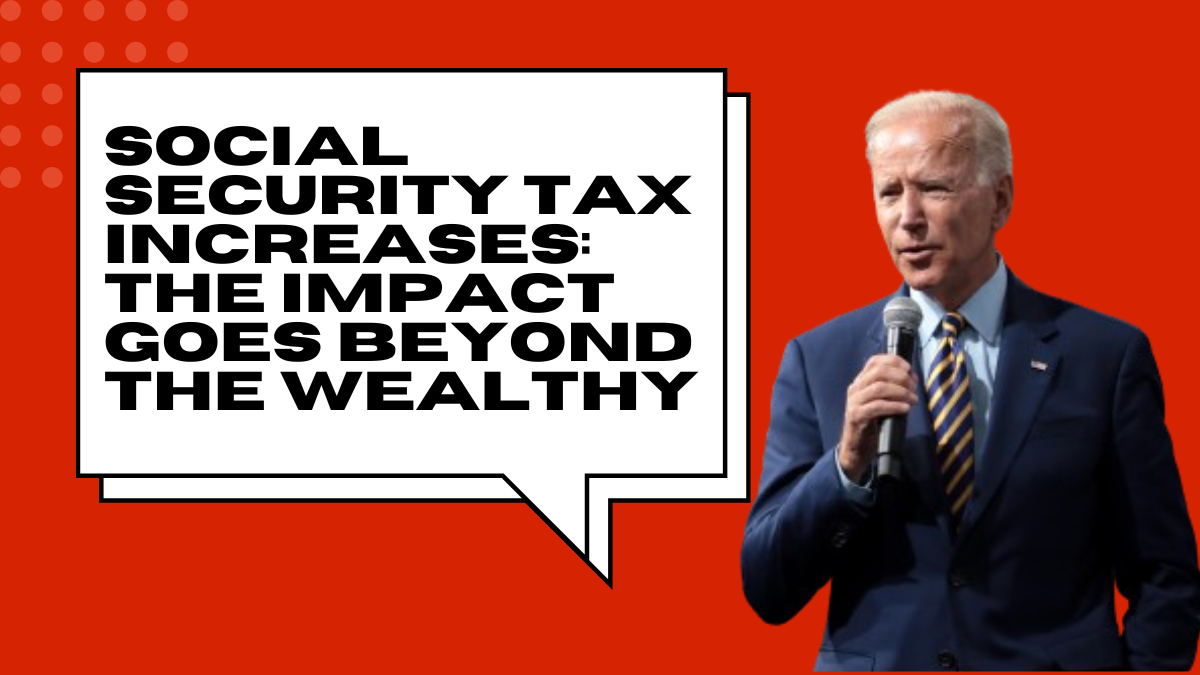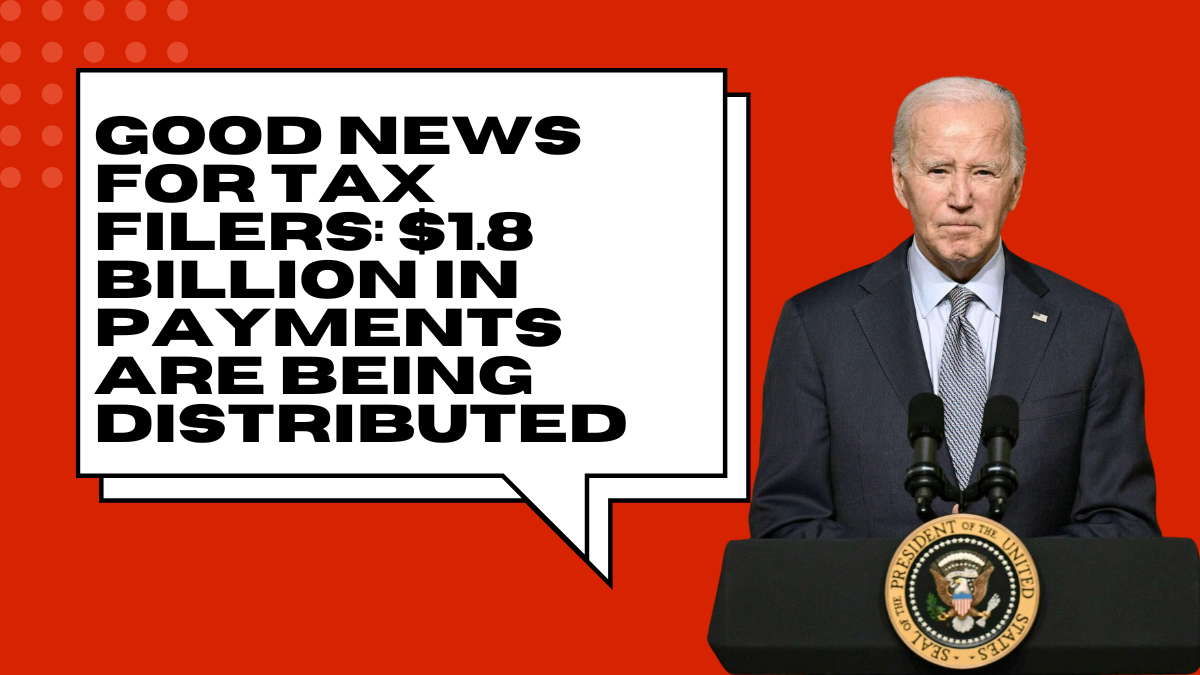The Social Security Administration’s (SSA) Cost of Living Adjustment (COLA) is a key factor in determining how much more Social Security beneficiaries will receive in the coming year.
With millions of retirees relying on Social Security as their primary income source, understanding how economic factors, such as the Federal Reserve’s interest rate decisions, impact the COLA is essential.
In 2024, the Federal Reserve reduced its benchmark interest rate to a range of 4.75%-5%, which sparked optimism in financial markets. While lower interest rates can boost the value of risk assets like stocks and bonds, their impact on COLA is more nuanced, especially for seniors focused on navigating inflation.
Understanding COLA and Its Ties to Inflation

The COLA is an annual adjustment designed to help Social Security recipients keep pace with rising prices. The SSA calculates this adjustment based on changes in the Consumer Price Index for Urban Wage Earners and Clerical Workers (CPI-W) during the third quarter of the previous year.
For 2025, early estimates suggest that the COLA could be around 2.5%, a moderate increase compared to the 3.2% adjustment for 2024. The CPI-W reflects inflationary pressures, meaning that lower inflation expectations driven by the Fed’s interest rate cuts could lead to a smaller COLA increase.
The current inflation trends and bond market data indicate a more stable economic environment, reducing the need for large adjustments in Social Security payments.
How the Fed’s Interest Rate Cuts Affect COLA
The Federal Reserve cuts interest rates to stimulate the economy, reduce borrowing costs, and encourage spending. These moves typically lower inflation expectations, which can directly affect the size of the COLA. With lower inflation, the COLA will increase less because the cost of living is not rising as sharply.
In the long term, the Fed’s decision to cut interest rates in 2024 could signal a shift toward lower inflationary pressure in 2025. Bond yields, especially the 1-year U.S. Treasury, currently around 3.99%, suggest that inflation expectations are modest for the upcoming year.
As a result, the COLA for 2025 is expected to be lower compared to recent years, providing smaller benefit increases for retirees.
| Year | COLA Increase | Average Monthly Benefit |
|---|---|---|
| 2023 | 8.7% | $1,827 |
| 2024 | 3.2% | $1,907 |
| 2025 (Est.) | 2.5% | $1,955 |
How Lower Interest Rates Impact Retirees Beyond COLA
The Federal Reserve’s interest rate cuts don’t only affect the COLA. Retirees are also impacted in other ways:
- Lower Yields on Savings Accounts: Retirees with savings in traditional interest-bearing accounts, such as CDs or money market funds, may experience lower returns as interest rates drop.
- Bond Values: When interest rates fall, bond prices rise, potentially increasing the value of bonds in retirees’ portfolios. This is beneficial for those who hold bonds as part of a diversified retirement investment strategy.
- Mortgage Rates: Retirees looking to refinance their homes may benefit from lower mortgage rates, reducing monthly payments.
While lower interest rates offer advantages like higher asset values, they can also result in lower interest income for retirees depending on fixed-income sources.
What to Expect for Social Security Payments in 2025

In October, the SSA will officially announce the 2025 COLA, which will come into effect in January 2025. While inflation is expected to remain moderate, retirees should prepare for a smaller increase in their monthly Social Security benefits than in recent years.
A 2.5% COLA would increase the average benefit to approximately $1,955 per month, which is lower than previous jumps driven by higher inflation.
Conclusion
The Federal Reserve’s recent interest rate decisions will likely contribute to a lower COLA for Social Security in 2025, with a projected increase of 2.5%.
While this may seem modest, it reflects the broader stabilization of inflation following the aggressive rate cuts in 2024. For retirees, understanding how these macroeconomic factors influence their benefits is crucial for effective financial planning.
FAQs
1. How is the Social Security COLA determined?
The COLA is calculated based on changes in the CPI-W, a measure of inflation that tracks the cost of goods and services for urban wage earners.
2. What impact does the Fed’s interest rate cut have on COLA?
Lower interest rates generally lead to lower inflation expectations, which can reduce the size of the COLA. For 2025, the projected rate is around 2.5% due to moderated inflation.
3. When will the 2025 COLA be announced?
The Social Security Administration typically announces the COLA in October, and it will take effect in January 2025.
4. Will lower interest rates affect my Social Security benefits?
While the COLA may be smaller due to lower inflation, the value of certain investments, such as bonds, may rise, benefiting retirees with diversified portfolios.
5. How can I maximize my Social Security benefits?
To maximize benefits, consider delaying retirement to receive a higher monthly payment. Additionally, staying informed about COLA adjustments can help you plan your finances more effectively.
References
- Economic Impacts of Interest Rate Cuts – Investopedia
- U.S. Federal Reserve Rate Decisions – CNBC
- Social Security COLA Predictions for 2025 – 247WallSt
- Social Security Benefit Information – SSA.gov












